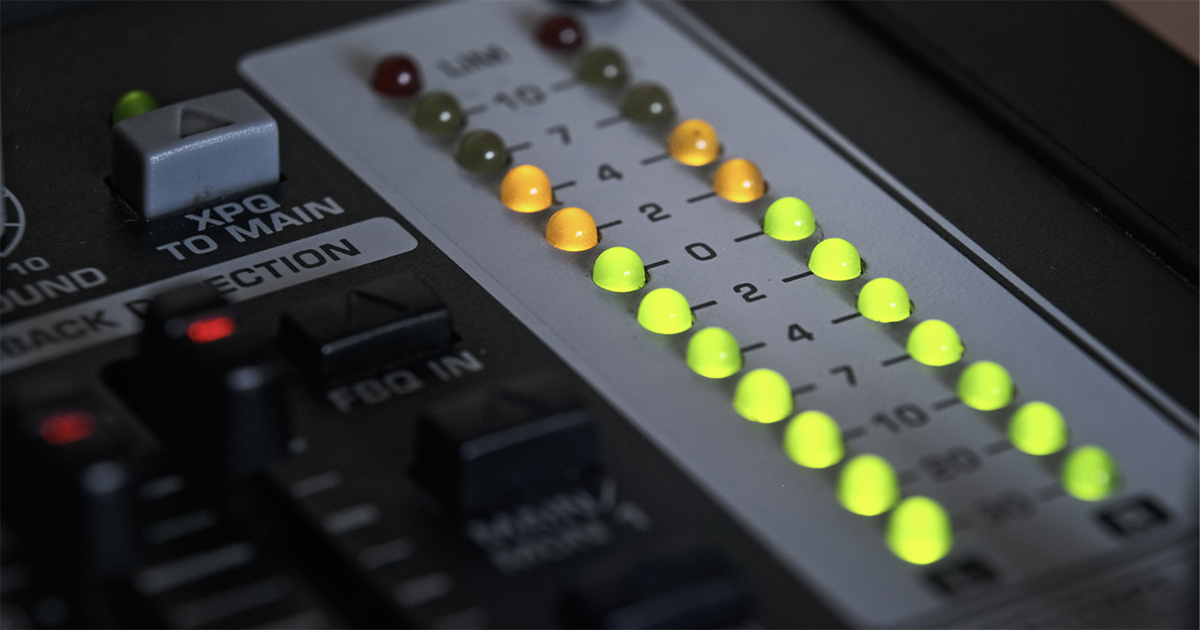
TL;DR
- In comparison to other areas of broadcast tech, live production is not moving as quickly toward sustainable solutions, says Sony.
- The company promotes a modular approach to live production that enables companies to reduce waste and environmental impact where they can.
- With fewer underutilized OB trucks on the road, organizations can look to cut transportation costs for equipment and staff while retaining their own quality of vision. In parallel, as live production companies’ place in the industry supply chain becomes greener, they can look to pass on these credentials to their broadcast customers.
READ MORE: Can live production be sustainable? (Sony)
Amid tightening carbon reduction policies to achieve corporate sustainability goals, the live production sector is facing more challenges than most. Excuses and exemptions for the unique aspects of an outside broadcast are no longer acceptable when there are tech solutions available that can drive down emissions while keeping the same quality on-air.
In a white paper exploring the topic, Sony Europe asks “Can live production be sustainable?” and finds that the company is not yet living up to its sustainability potential.
“In a corporate environment increasingly prioritizing ESG commitments, there are questions surrounding live production’s seemingly low drive towards sustainability in comparison to the wider broadcast industry,” Sony asserts.
“The persisting view is that live production cannot lend itself to this without compromizing its output, or at the very least putting it at risk.”
Sony acknowledges that a complete overhaul is risky and expensive, but says there are solutions.
It first identifies the issues then supplies some answers.
The starting point has to be measurement. Companies need to know — “tangibly and with certainty” — the emissions they are producing and through which practices. “Without this knowledge and transparency, the impact of sustainable practices themselves are difficult to quantify, and for those looking to make them, harder to justify.”
There are programs that can benchmark productions, but there’s an important gap in the data. This gap concerns transportation and logistics, the biggest and most polluting cost for any live show. Sony says this is perhaps the biggest challenge to the industry’s sustainability efforts.
“Yet, there is no reliable quantification of their impact. With transportation representing almost a quarter of Europe’s greenhouse gas emissions, 70% of which is road transport, it’s undeniably a significant area of concern,” says Sony.
The white paper notes the uncertainty around local power supplies at a location introduces backups to avoid worst case scenarios.
“This energy is often underutilized,” it says, adding, “power supplies differ — some filming locations might rely on a fossil-fuel powered generator, whilst others may be set up with more sustainable power sources.”
Similarly, SDI cabling continues to be relied on because of its proven “fail-safe” performance. The last thing a live producer wants is signal blackout. SDI, as opposed to 5G and IP delivery, is an on-site solution which continues to be favored for the sake of consistency and reliability. “Consequently, live production infrastructure continues to output associated carbon emissions.”
Forty-ton OB trucks themselves are deemed the culprit for the bulk of a production’s emissions.
So what can live producers do today that will seriously cut back on carbon? Streamline by going modular, into the cloud and centralizing is Sony’s solution.
“Until now, live production has been defined by preparation for the most complex set ups, while in reality utilizing and needing a fraction of those resources,” the white paper argues. “By nature of this thought process, elasticity has not been a key design philosophy, and systems are built with only the most difficult scenario in mind.
READ IT ON AMPLIFY: Nominations Are Open for the NAB Show Excellence in Sustainability Awards
“The result is overprovision, where OB trucks built to broadcast the Champions League final are also used for filming five-a-sides. When live production processes are broken down into modules it will provide operational benefit in the long term.”
Furthermore, by leveraging cloud-enabled IP technologies for the core processing capabilities of formerly monolithic OB trucks, operations can be more agile as the truck is split into functional modules that interconnect through IP, combined and separated based on the individual needs of the production.
In other words, teams can use resource more efficiently, using what they need when they need it, and no more.
Centralizing processes is a solution that doesn’t necessarily rely on strong connectivity or modularity, and is therefore “within close reach for most live production operators,” according to the vendor.
Sony explains that sending production content to a single location for processing and broadcasting that houses the existing team can both speed up processes and cut down on the logistical impact of OB trucks.
“Production format also comes into play — from recurring studio environments to on-location reporting. Regardless of content, the more productions can leverage a single location, the more efficient utilization of resources.”
Remote work is another path towards sustainability targets. Offering staff the versatility to work on multiple productions in the same time period can help cut down the emissions associated with on-site presence.
Some of these concepts are probably being embraced by every large live event broadcaster, but perhaps not all together or at the speed the planet needs.
As Sony says, “focusing on financial success is no longer enough in order to achieve success.”
It is only with the collective effort of all the individual businesses within the industry that we will move the dial on sustainability.
SUSTAINABILITY ACROSS M&E — BUILDING FOR NOW AND THE FUTURE:
Media & Entertainment has a big environmental impact — think carbon emissions, waste and energy use. The video entertainment industry’s carbon footprint has surpassed even that of the airline industry, prompting technology developers and other companies to step up with innovative approaches and practices. Explore handpicked articles from NAB Amplify to discover why sustainability is the number one priority for M&E, along with the latest trends in creating a greener future:
- Nominations Are Open for the NAB Show Excellence in Sustainability Awards
- Can AI Reduce Carbon Emissions?
- Here’s Why (and How) Terrestrial TV Distribution Is “Greener” Than IP-Delivered Content
- How to Grow Sustainability in Media and Entertainment
- Yes, Video Is Terrible For the Planet… But We Can Change That



